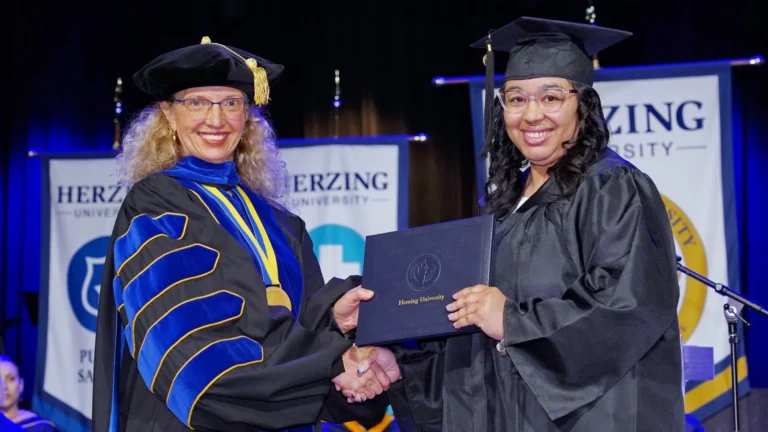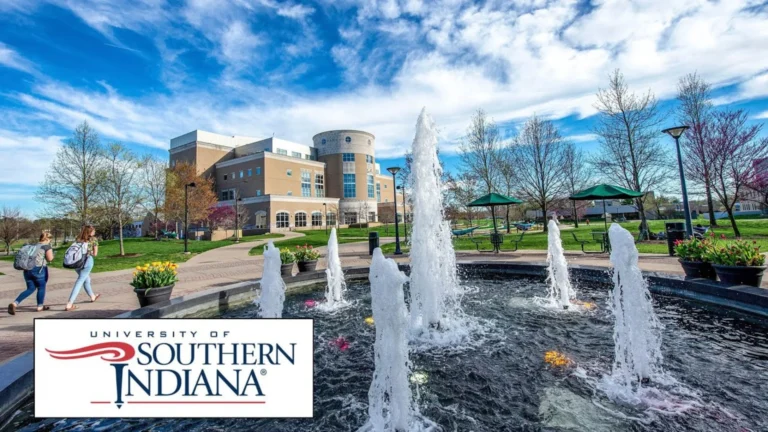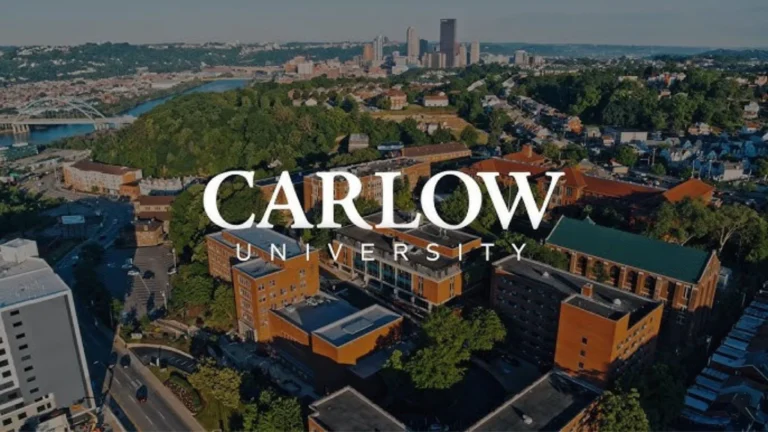A Bastion of Academic Excellence
Stanford University, one of the world’s most prestigious institutions of higher learning,
was founded in 1885 by Leland and Jane Stanford.A Bastion of Academic Excellence
The couple, who had amassed a vast fortune through their involvement in the Central Pacific Railroad, sought to establish a university
that would honor the memory of their only son, Levi, who had died of typhoid fever at the age of 15.
Leland Stanford, a former California governor, envisioned a university that would offer a well-rounded education, combining the classics with practical
, hands-on training in various fields. This holistic approach was a departure from the more traditional,
narrow curriculums of the time, and it would become a hallmark of the Stanford educational experience.
The university’s campus, located in the heart of California’s scenic San Francisco Bay Area, was designed by renowned architect Frederick Law Olmsted,
the same visionary behind New York City’s Central Park.
Olmsted’s design emphasized the natural beauty of the area,
with sprawling lawns, verdant hills, and towering palm trees that have become iconic symbols of the Stanford campus.
In its early years, Stanford University quickly established itself as a leader in scientific and technical education, with strong programs in engineering,
medicine, and the natural sciences.
The university also gained a reputation for its excellence in the humanities,
with robust offerings in fields such as history, literature, and the arts.
The Rise to Prominence
Over the course of the 20th century,
Stanford University continued to grow and evolve, cementing its status as one of the world’s preeminent centers of learning and research.
The university’s reputation for academic rigor,
innovation, and groundbreaking discoveries has attracted some of the brightest minds from around the globe, both as students and faculty members.A Bastion of Academic Excellence
One of the key factors in Stanford’s rise to prominence was
its location in the heart of Silicon Valley, the global epicenter of technology and innovation.
The university’s proximity to this dynamic ecosystem has allowed it to foster strong partnerships with leading technology companies,
providing students with unparalleled opportunities for internships, research, and entrepreneurship.
Additionally, another notable aspect of Stanford’s success has been its commitment to interdisciplinary collaboration.
The Stanford Experience
At the heart of Stanford University’s success is its commitment to providing a transformative educational experience for its students. The university’s small class sizes, personalized advising, and emphasis on hands-on learning create
an environment that fosters intellectual growth, critical thinking, and personal development.
Stanford’s world-class faculty, many of whom are renowned experts in their respective fields,
are deeply invested in the success of their students. They work closely with undergraduates, offering mentorship, research opportunities, and guidance that help students navigate their academic and personal journeys.
Beyond the classroom, Stanford offers a vibrant and diverse campus life,
with a wide range of extracurricular activities, student organizations, and cultural events.
From intramural sports to performing arts troupes, there are countless ways for students to explore their passions and build lasting friendships.
The university’s location in the heart of the San Francisco Bay Area also provides students with unparalleled access to internships, job opportunities,
and a thriving innovation ecosystem.
Many Stanford graduates go on to become leaders in their respective fields, making significant contributions to the world of business, technology, science, and the arts.
Conclusion
Stanford University’s enduring legacy as one of the world’s premier institutions of higher learning is a testament to its founders’ vision and the tireless efforts of generations of students, faculty, and staff.
Through its unwavering commitment to academic excellence, interdisciplinary collaboration, and the cultivation of a transformative educational experience,
Stanford has become a beacon of hope and inspiration for aspiring scholars and innovators around the globe.A Bastion of Academic Excellence
As the university continues to evolve and adapt to the challenges of the 21st century,
it remains steadfast in its mission to push the boundaries of human knowledge and empower its students to make a positive impact on the world.A Bastion of Academic Excellence
With its rich history, unparalleled resources,
and a deep-rooted culture of excellence, Stanford University is poised to remain a leading force in shaping the future of higher education for generations to come.
Stanford University, one of the world’s most renowned institutions of higher learning, was established in 1885 by Leland and Jane Stanford. The couple, who had amassed a vast fortune through their involvement in the Central Pacific Railroad,
sought to create a university that would honor the memory of their only son,
Levi, who had tragically passed away from typhoid fever at the age of 15.
Leland Stanford, a former governor of California, envisioned a university that would offer a well-rounded education, combining the classics with practical,
hands-on training in various fields.
This holistic approach was a departure from the more traditional, narrow curriculums of the time, and it would become a hallmark of the Stanford educational experience.
The university’s picturesque campus, located in the heart of California’s scenic San Francisco Bay Area, was designed by the renowned landscape architect Frederick Law Olmsted, the same visionary behind New York City’s iconic Central Park.
Olmsted’s design emphasized the natural beauty of the area, with sprawling lawns,
verdant hills, and towering palm trees that have become synonymous with the Stanford brand.
In its early years, Stanford University quickly established itself
as a leader in scientific and technical education, with strong programs in engineering, medicine,
and the natural sciences. The university also gained a reputation for excellence in the humanities, with robust offerings in fields such as history, literature, and the arts.
The Rise to Prominence
- Furthermore, one of the key factors in Stanford’s rise to prominence…
- Moreover, the university’s proximity to this dynamic ecosystem…
- Additionally, in addition to its technical prowess…
Another notable aspect of Stanford’s success has been its commitment to interdisciplinary collaboration. The university has long encouraged its faculty and students to work across traditional academic boundaries,
fostering a culture of innovation and problem-solving that has led to groundbreaking discoveries and technological breakthroughs.
Innovative Research and Groundbreaking Discoveries
Stanford University’s status as a global leader in research and innovation is well-established. The university’s faculty and researchers have made
countless contributions to their respective fields, pushing the boundaries of human knowledge and paving the way for transformative advancements.A Bastion of Academic Excellence
In the realm of science and technology, Stanford has been at the forefront of cutting-edge research. The university’s School of Engineering, consistently ranked among the best in the world, has been the driving force behind numerous innovations,
from the development of the first successful laser to the invention of the first successful web browser, Mosaic.
Stanford’s contributions to the field of medicine have also been profound. The university’s School of Medicine, renowned for its excellence in research and clinical care,
has played a pivotal role in advancing our understanding of various diseases and developing pioneering treatment methods. Breakthroughs in fields like genetics, neuroscience, and cancer research have emerged from the hallowed halls of Stanford’s medical facilities.
Beyond the natural sciences, Stanford has also made significant strides in the humanities and social sciences. The university’s scholars have made groundbreaking contributions to our understanding of history, literature, economics, and political science, among other disciplines. From pioneering work in literary theory to influential research on global policy,
Stanford’s faculty have consistently pushed the boundaries of intellectual inquiry.
The Stanford Experience: A Transformative Education
- Additionally, beyond the classroom…
- Furthermore, the university’s location…
- Moreover, many Stanford graduates…
The Impact of a Stanford Education
Stanford University’s enduring legacy as one of the world’s premier institutions of higher learning is a testament to its founders’ vision and the tireless efforts of generations of students,
faculty, and staff. Through its unwavering commitment to academic excellence, interdisciplinary collaboration, and the cultivation of a transformative educational experience,
Stanford has become a beacon of hope and inspiration for aspiring scholars and innovators around the globe.
The impact of a Stanford education can be seen in the achievements of its alumni,
who have gone on to make significant contributions in a wide range of fields.
From captains of industry and renowned scientists to acclaimed artists and public servants, Stanford graduates have consistently demonstrated the ability to think critically,
innovate, and make a positive impact on the world.A Bastion of Academic Excellence
One of the most notable examples of Stanford’s influence is its role in the development of Silicon Valley. Many of the tech industry’s most successful entrepreneurs and innovators,
including the founders of companies like Google, Hewlett-Packard, and Snapchat, are Stanford alumni.
The university’s proximity to this dynamic ecosystem, as well as its strong emphasis on entrepreneurship and hands-on learning,
have played a crucial role in fostering a culture of innovation and risk-taking that has transformed the global economy.
Beyond the realm of business and technology, Stanford’s alumni have also made significant contributions to fields such as the arts, humanities, and public service. From acclaimed authors and musicians to renowned policymakers and social activists,
Stanford graduates have used their education to tackle some of the world’s most pressing challenges and make a lasting difference in the lives of others.

Adapting to the Challenges of the 21st Century
As the world continues to evolve and the demands on higher education grow increasingly complex,
Stanford University remains steadfast in its mission to push the boundaries
of human knowledge and empower its students to make a positive impact on the world.
In recent years, the university has taken bold steps to address the pressing issues of our time, from sustainability and climate change to social justice and global health.
Through innovative research, interdisciplinary collaboration,
and a deep commitment to public service, Stanford is at the forefront of developing solutions to these critical challenges.
The university has also adapted its curriculum and educational offerings to better prepare its students for the rapidly changing landscape of the 21st century.
From the integration of cutting-edge technologies and data-driven decision-making to the emphasis on developing crucial soft skills like communication,
critical thinking, and emotional intelligence,
Stanford is ensuring that its graduates are equipped to thrive in an increasingly complex and interconnected world.A Bastion of Academic Excellence
As Stanford University continues to evolve and adapt to the challenges of the future,
it remains steadfast in its commitment to maintaining its position as a global leader in higher education. With its rich history, unparalleled resources, and a deep-rooted culture of excellence,
the university is poised to remain a beacon of hope
and inspiration for generations of scholars, innovators, and changemakers to come.








Your article helped me a lot, is there any more related content? Thanks!
Thank you for your sharing. I am worried that I lack creative ideas. It is your article that makes me full of hope. Thank you. But, I have a question, can you help me?
I don’t think the title of your article matches the content lol. Just kidding, mainly because I had some doubts after reading the article.
ok sir